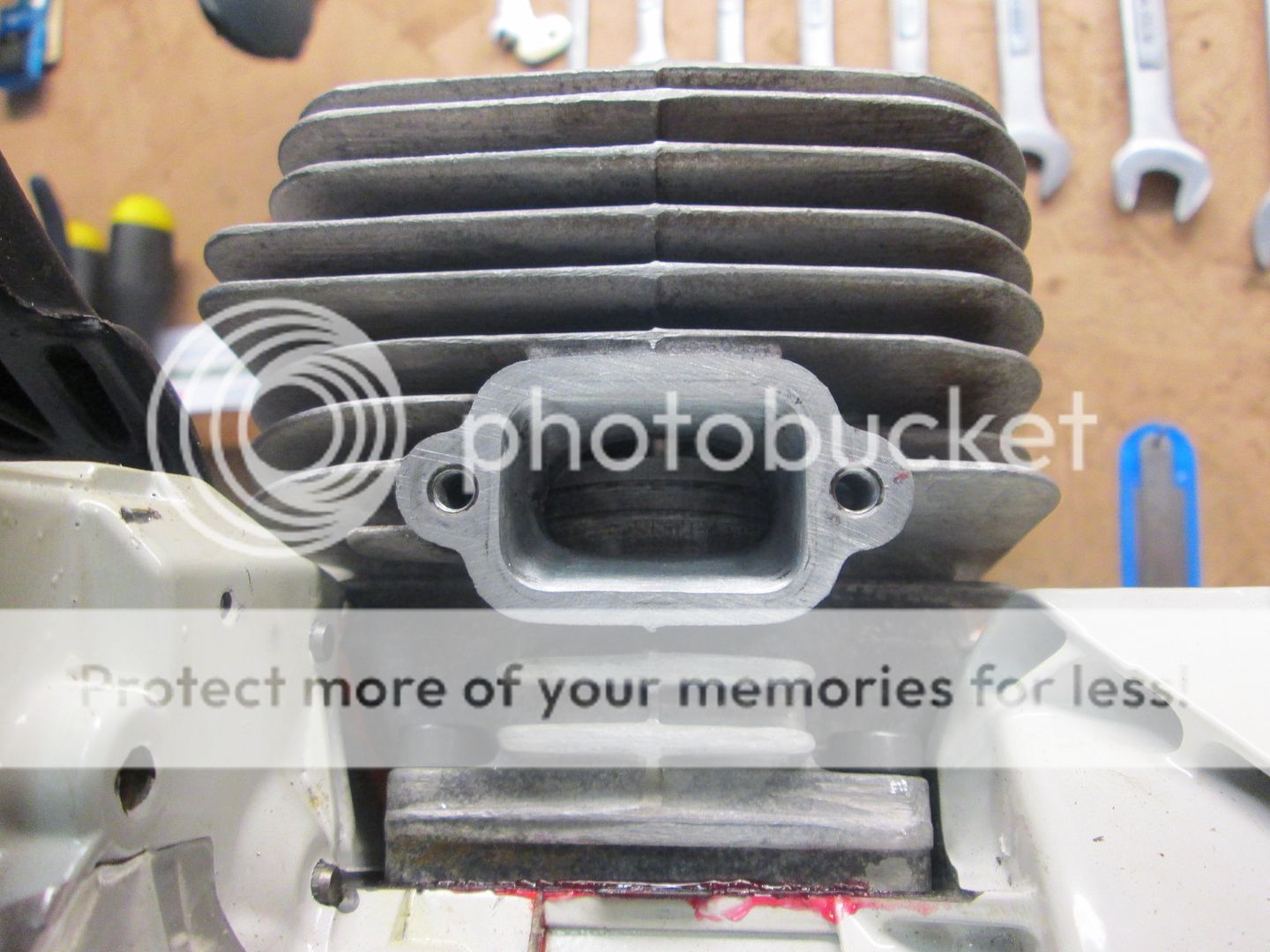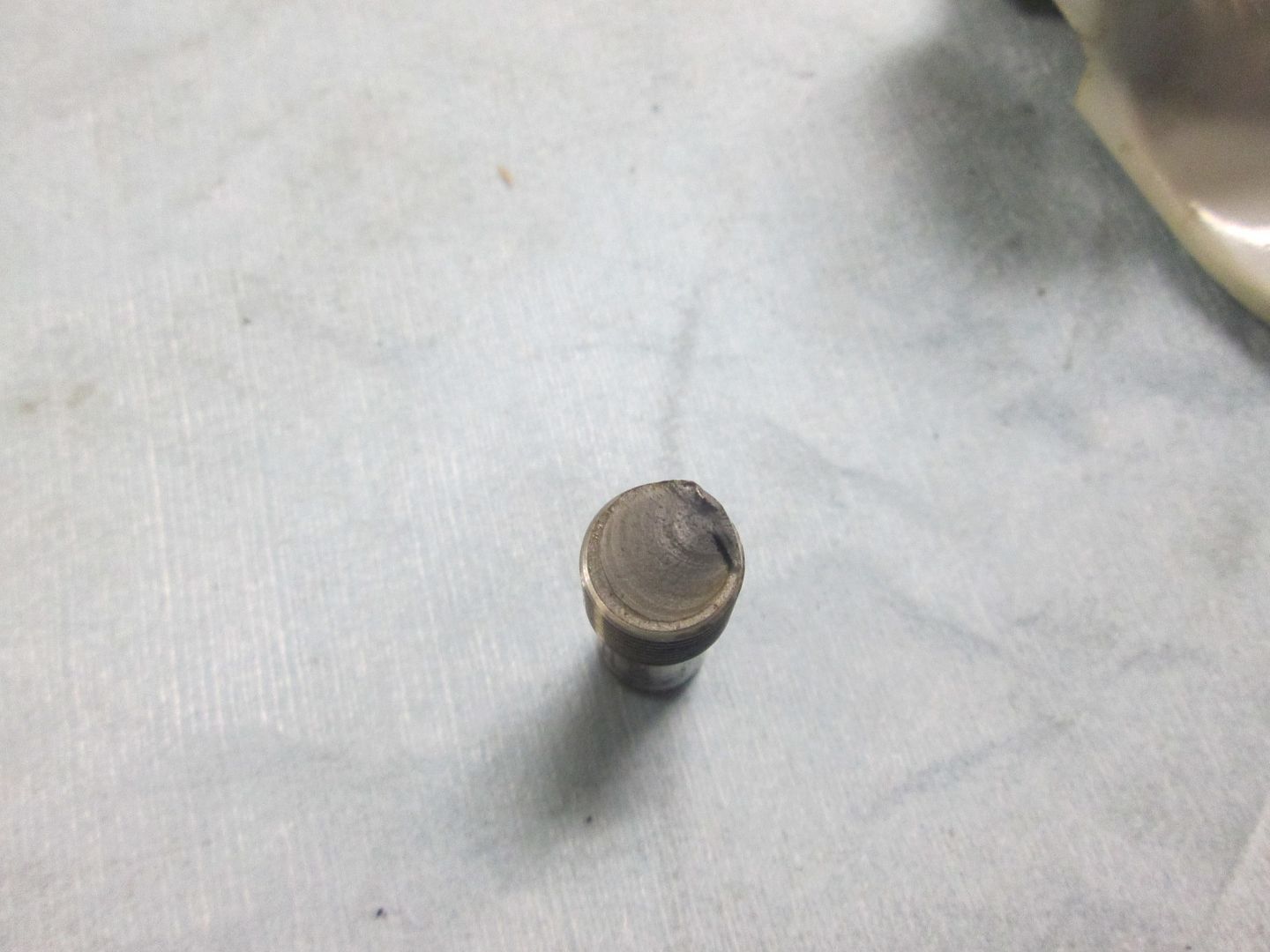Mastermind
Work Saw Specialist
Just like the new fangled karts the kids here and in Europe race now.
Sheesh, back in my day it was all direct drive and bump start, you could see who the real drivers were on the corners.
Of course our mates in North America wimped out long ago, maybe forty years now ? and ran clutches and eventually we got soft and followed..... :monkey:

Americans.............................those bastards. :bang:










